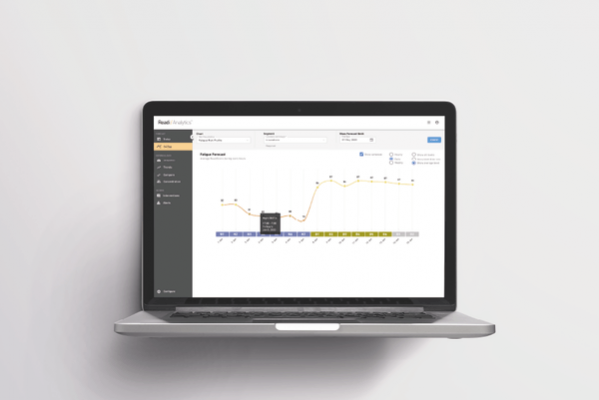Fatigue Science releases 14-Day Fatigue Forecasting

With 14-Day Fatigue Forecasting, supervisors and management teams can now view future fatigue hotspots, showing the “who, when, and where” of workforce fatigue far enough in advance to take meaningful action to mitigate both routine and mission-critical fatigue risks. Scientifically validated worker fatigue “heat maps” are visible to authorized supervisors who can spot, at-a-glance, any workers in their team or crew who will likely be significantly impacted by fatigue over the next two weeks, and on which specific days.
Supervisors can then reach out to individuals, sharing data-backed guidance to focus on sleep on certain days and to be particularly cautious at work when those days arrive. Moreover, supervisors can plan critical tasks for the times of least fatigue, choosing the right worker for the right task, at the right time. The 14-Day Fatigue Forecasting is built on top of FAST, fatigue modeling technology that has been widely used for decades by flight schedulers, mission planners, and elite sports teams to model fatigue in schedule simulations.
“As fatigue plays a key role in the effectiveness of our immune systems and as workforces continue to face strain from the impacts of COVID-19, the need to reduce fatigue in the workplace is a more prominent C-Suite concern than ever. Planning workplace processes and tasks with greater confidence around fatigue is now fundamental to today’s reality,” Andrew Morden, Fatigue Science CEO, said in a release. “Fatigue forecasting is akin to predictive maintenance, which enables operations teams to plan the future with greater certainty, before critical needs arise.”
(This article first appeared in the Canadian Mining Journal)




